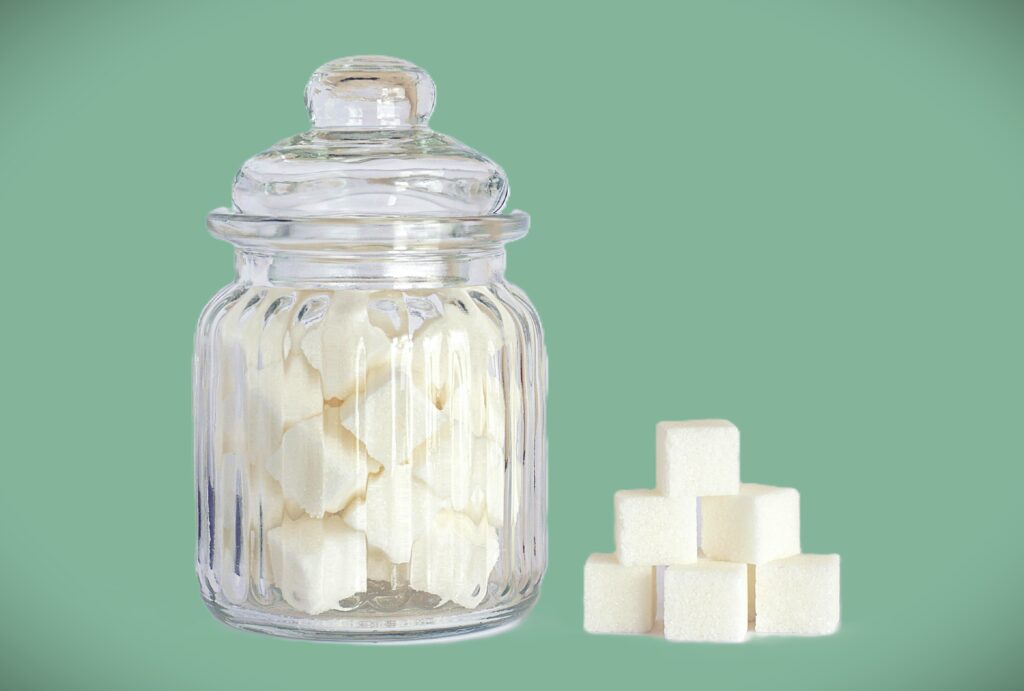
Part One
Sugar oh honey honey… Those white crystals that make bitter things taste better, boost your energy, and make you happy…but there is a dark side of sugar…
Welcome to my three part Sweet Diatribe About Sugar where I’ll address ten things to know about sugar including:
- What it is
- Why we need it
- How our bodies use it
- What happens when we get too much
- Why it is important to cut back
- Why we eat too much sugar
- What the food industry is doing and doesn’t tell us
- Different types of sugar
- Different names of sugar
- What we can do about it
.
A spoonful of sugar may make the medicine go down, but it certainly isn’t contributing to our health. We have a national crisis of metabolic disorders and sugar may well be at the heart of it. The Centers for Disease Control cites excess sugar as a major factor for obesity, type 2 diabetes, and heart disease. It is believed that sugar’s effects go well beyond these diseases and may be culpable in the development of cancer, autoimmune diseases, prediabetes, candidiasis, decreased longevity and more.
Furthermore, the one thing the longest lived people have in common is good blood sugar regulation.
So if sugar is so bad, why do we crave sugar? Do we need it? And how did sugar find its way into so much of our food?
Well it turns out humans are hard-wired to enjoy sugar and seek it out – we actually get a dopamine hit when we consume it. In our hunter gatherer days, we would find a source of sugar, say a berry bush, eat our fill of berries, then go on our way and maybe not have more sugar for quite awhile. Our bodies would use whatever sugar they needed at the moment then package excess sugar as fat to get us through the lean times.The surge of dopamine that would flood our brains when we ate the berries would help us remember where and what these plants were so we could seek out and identify them again. It’s important to note that when we find sugar in nature, it is in fruits, vegetables, honey or other plant sources and comes packaged with a variety of helpful compounds like fiber, phytonutrients, antimicrobial compounds, flavonoids, antioxidants etc. So not only does it give us energy and feed our brains, but it also promotes health through these compounds. Some of these help slow the release of glucose into the bloodstream which allows for prolonged energy and less dramatic spikes in blood sugar.
Fast Forward to Modern Day…
This is much different than the sources of sugar in our modern day diet. When refined sugar is added to products, it does not come with all of those benefits. Often there are no other compounds in sugary foods to slow digestion and even out blood sugar spikes. And yet, our bodies are still programmed to get a dopamine hit when we taste sugar. That reaction was beneficial for our survival in our hunter gatherer days, but now with the 24/7 availability of sugar, it’s not such a bonus.
A Brief Nutrition Class
Let’s do a quick nutrition review to explain why we need and how we use sugar. The body needs energy to function. We get this energy from the food we eat and we call the energy units calories – that’s a term everyone knows. We get energy from eating fats, proteins, and carbohydrates, but the body needs to process these macronutrients to create usable energy. This usable form of energy is glucose, a simple form of sugar. Glucose is required for every organ system in the body and is the primary fuel for our brains. Carbohydrates are readily converted to glucose and are the body’s preferential energy source. Because our bodies need glucose to function, we have a natural affinity for it. Chemically, sugar is a term for a whole group of carbohydrates with particular molecular structures and include glucose, fructose, and sucrose to name a few. (The “ose” ending signifies a compound is a sugar.) The sugar you buy from the grocery store or “table sugar” is sucrose, a sweet, crystalline, crunchy substance derived from plants like sugar cane and sugar beets. Sucrose consists of chemically bonded glucose and fructose molecules and is easily converted to glucose that can be slipped into the bloodstream.
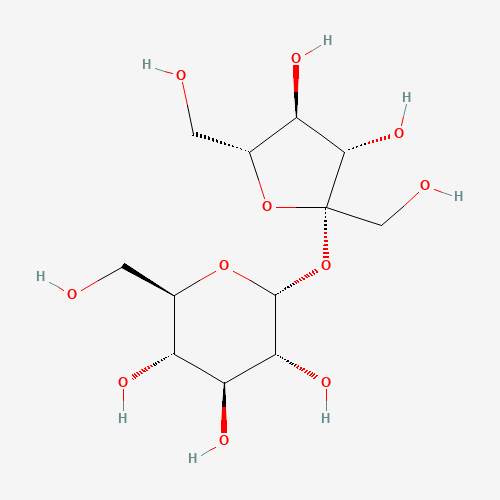
A Brief History Class
Our affinity for sugar spurred techniques for making sugar more accessible. Sugar has a long history that dates back to 4000 BC and spans multiple continents. Because sugarcane grows in tropical climates, long ago it was rare and expensive especially in colder areas and considered a treat only enjoyed by the wealthy. With the improvement of farming and manufacturing techniques, sugar became available to people from all economic stratums. Extracting sugar from sugar beets came into the picture in Europe in the early 1800s which meant people in colder climes could make sugar and helped satisfy the ever increasing demand for sweetness. In the late 1950’s, our quest for sweetness drove the invention of high fructose corn syrup (HFCS), a cheap form of sugary sweetener derived from common corn. More sweetness at a lower cost.
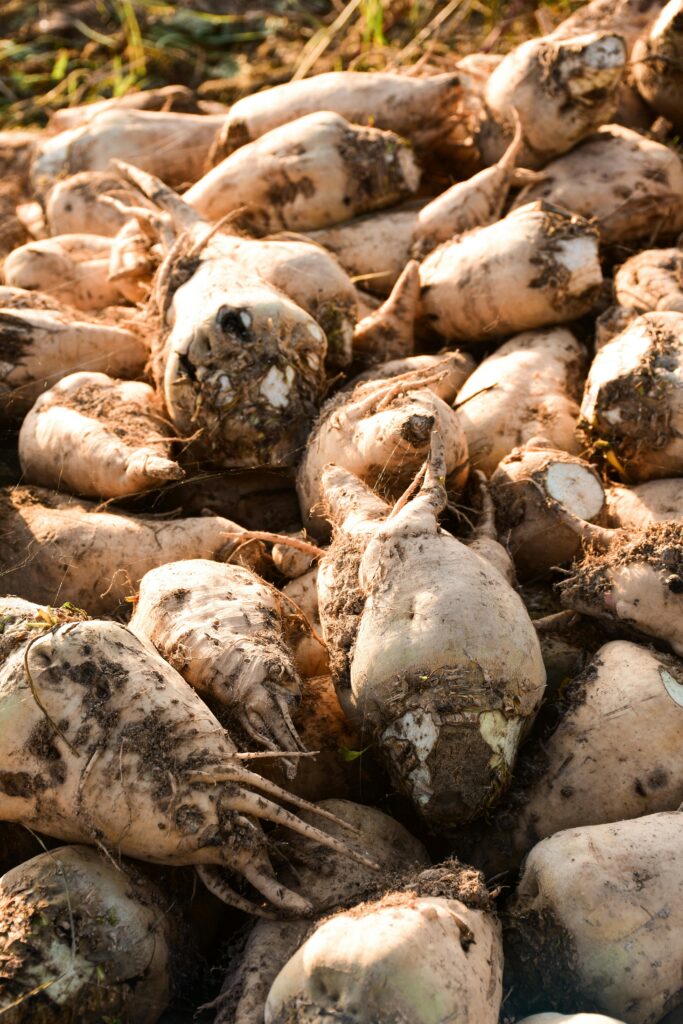
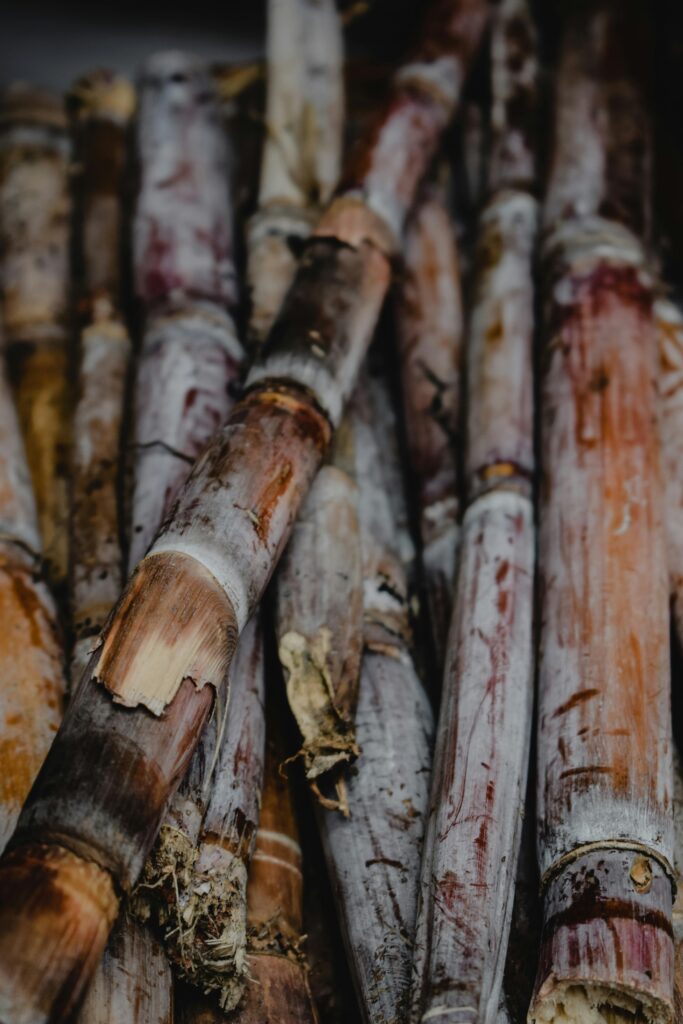
So what is the problem?
The combination of the once beneficial innate sweetness driver, the widespread availability of sugar, and food companies looking to increase revenue has created a health crisis. Sugar is in so many different foods that we can scarcely go a day without having added sugar. We have become addicted to sugar. The more sugar we eat the more sugar we want. And all this excess sugar creates excess fat and leads to obesity, diabetes, heart disease, cancer, autoimmune diseases, and mental health issues.
Tune in for Part Two of My Sweet Diatribe to find out how we got into this mess and what we can do about it.
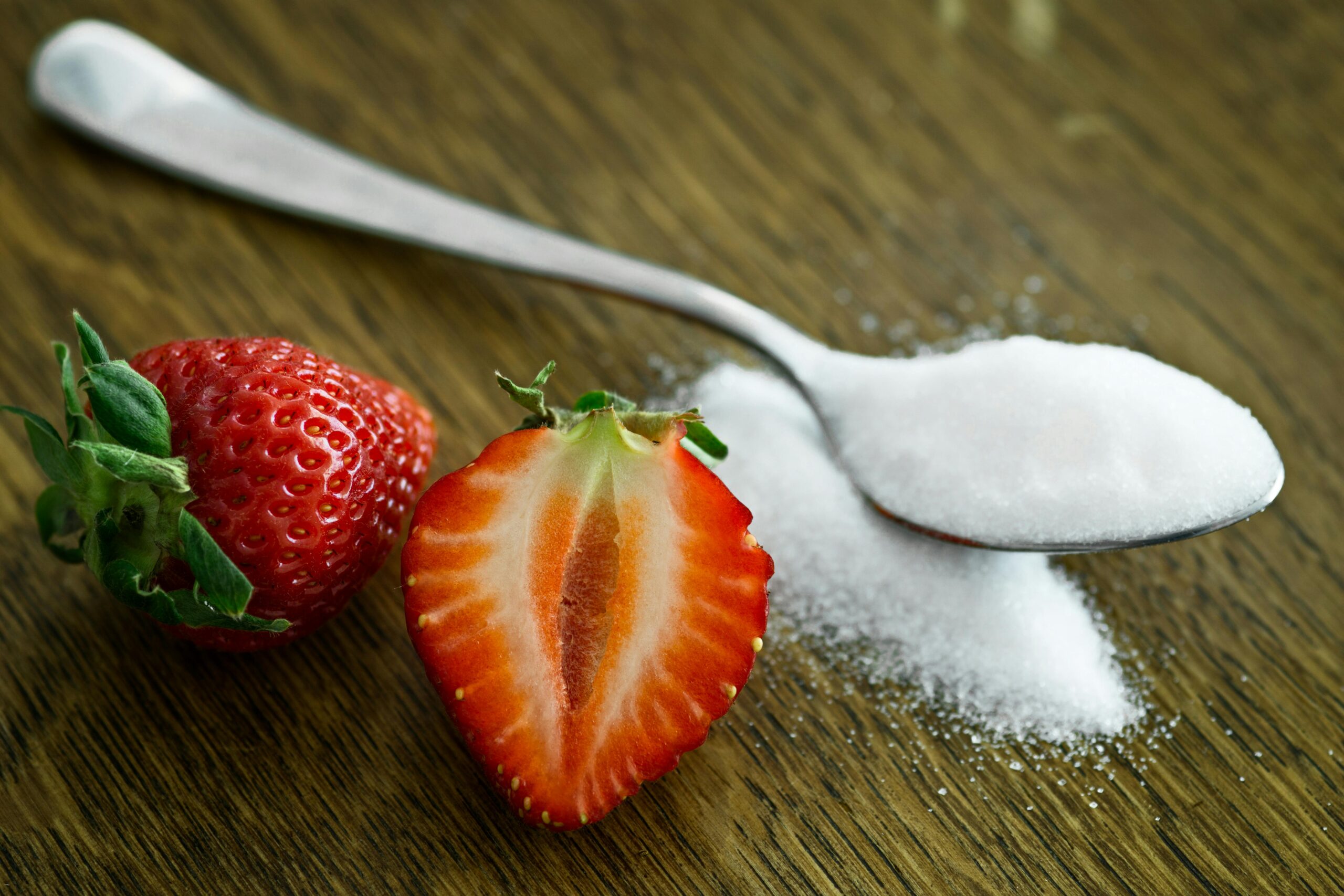
4 responses to “Sweet Diatribe about Sugar”
Great information looking forward to part 2!
Thank you Kieran
I have never heard of sugar beets! Not a beet fan. Sugar is everywhere. Moderation is key!
I used to hate beets too, but I had only had them canned. Fresh beets make a world of difference